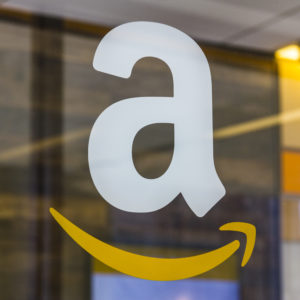Amazon’s recent $8.5 billion purchase of MGM Studios set off speculation about the company’s long-term strategy for Amazon Prime. Is Amazon trying to beat Netflix and the other giants in new content creation? Is it planning to offset its poor record of original content by relying on the experts at MGM?
I suspect they are doing something else entirely: Leaving, at least temporarily, subscribers who want the best new content to the competitionwhile Amazon Prime sucks up everyone else.
The streaming giants have taken different approaches to securing parts of the market. Disney Plus is going after kids, and adults who want to revisit childhood, with its “Star Wars” and Marvel programming. Netflix is the place to go for new programming, with dozens of new original movies and shows each year, and partners like the Obamas. Hulu and HBO seem to be targeting everyone by having a cross-section of new, old, adult and child-oriented program; Hulu also has fast access to broadcast TV like ABC and NBC, while HBO has popular original series.
Amazon Prime has long been in the basement of streaming companies, with a more massive library of content than its competitors but lower star-quality content. Its efforts at original content have largely flopped, even as it stacks up subscribers like hotcakes, and streaming consumers tend to rank it fairly low on the preference scale. It has been the Walmart and McDonald’s of the streaming industry, providing lots of one-star quality to build a large base of non-discriminatory subscribers.
Now, it is making moves into the two-, three- and four-star quality programming. The $11 billion investment into hosting Thursday night football gives Amazon dominance over a single night of programming each week, 15 weeks a year, for 11 years. The new MGM Studios purchase gives subscribers access to classic movies like the Bond and Rocky series, “Gone With the Wind,” and “Clash of the Titans” — plus 17,000 TV shows.
Amazon Prime has a long way to go to earn consumer trust and a competitive place in the streaming consumer market. Streaming services tend to have high brand loyalty among current customers, but a 2021 survey showed that just 6 percent of consumers would take Amazon Prime over the competition, compared with HBO at 21 percent and Netflix at 41 percent. But that same poor brand position also means that buying MGM has given Amazon huge growth potential within the overall streaming marketplace; and consumer fragmentation is giving it the right opportunity to take advantage of that growth potential.
Amazon’s acquisitions may make it the primary streamer for consumers who just want to relax and watch a good flick — or, on Thursdays, a good game — leaving huge segments of the streaming market alone for now. The company said last year the acquisition will clear a path to high-quality new content.
It is an excellent strategy to build a larger, more-satisfied subscriber base without immediately going into direct competition with the top-shelf streaming giants. Media wars over the same audience often hurts a brand’s position — and weakens its finances, as the war sucks money and effort that should go toward securing market segments the competition doesn’t already dominate.
Instead, Amazon will push its higher — and higher quality — volume into the market, and build brand trust with its current and new market segments. And when it decides to branch out into new content, MGM Studios’ resources and reputation will give it the launching pad it needs to compete in yet another new market segment.

